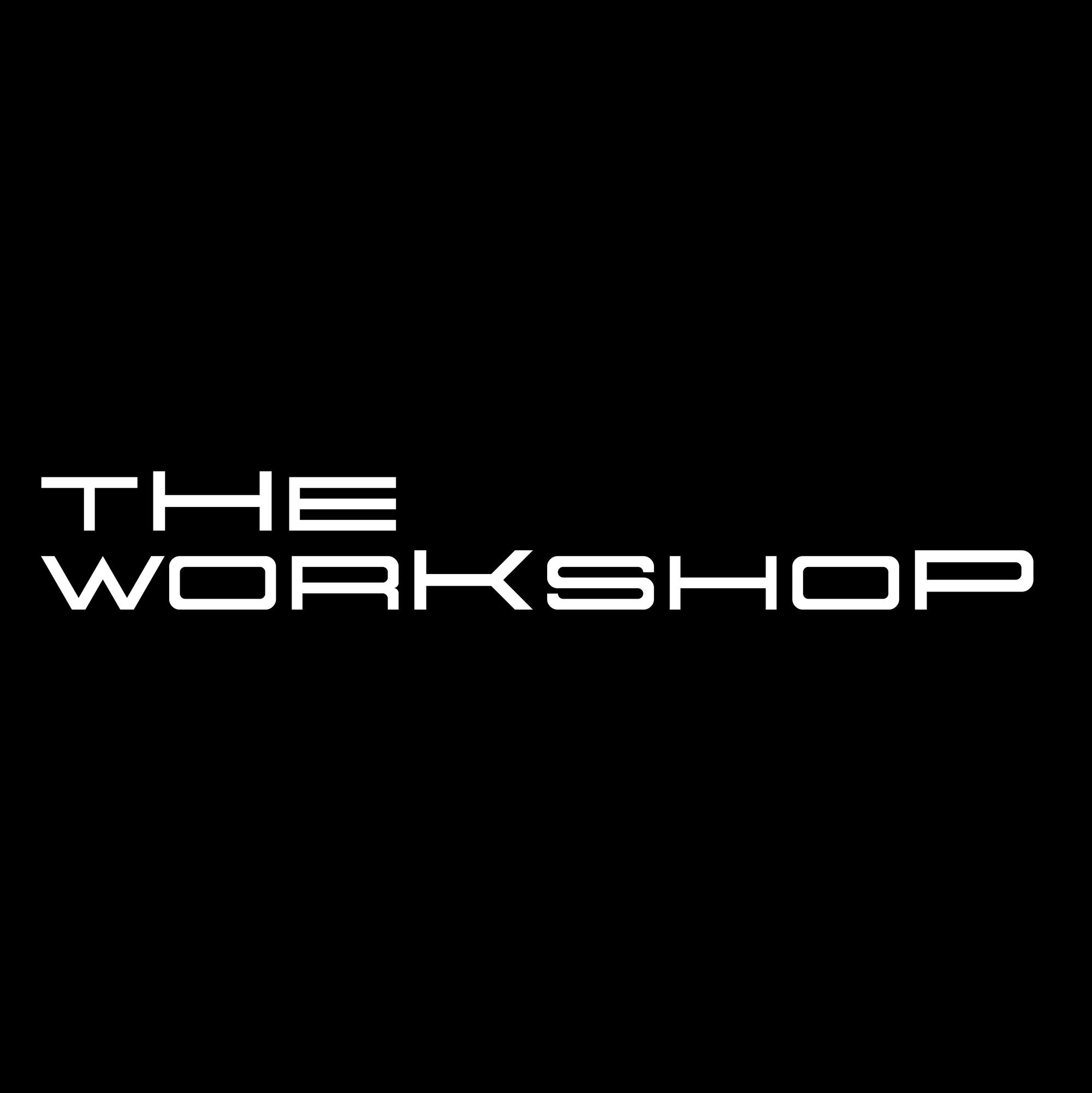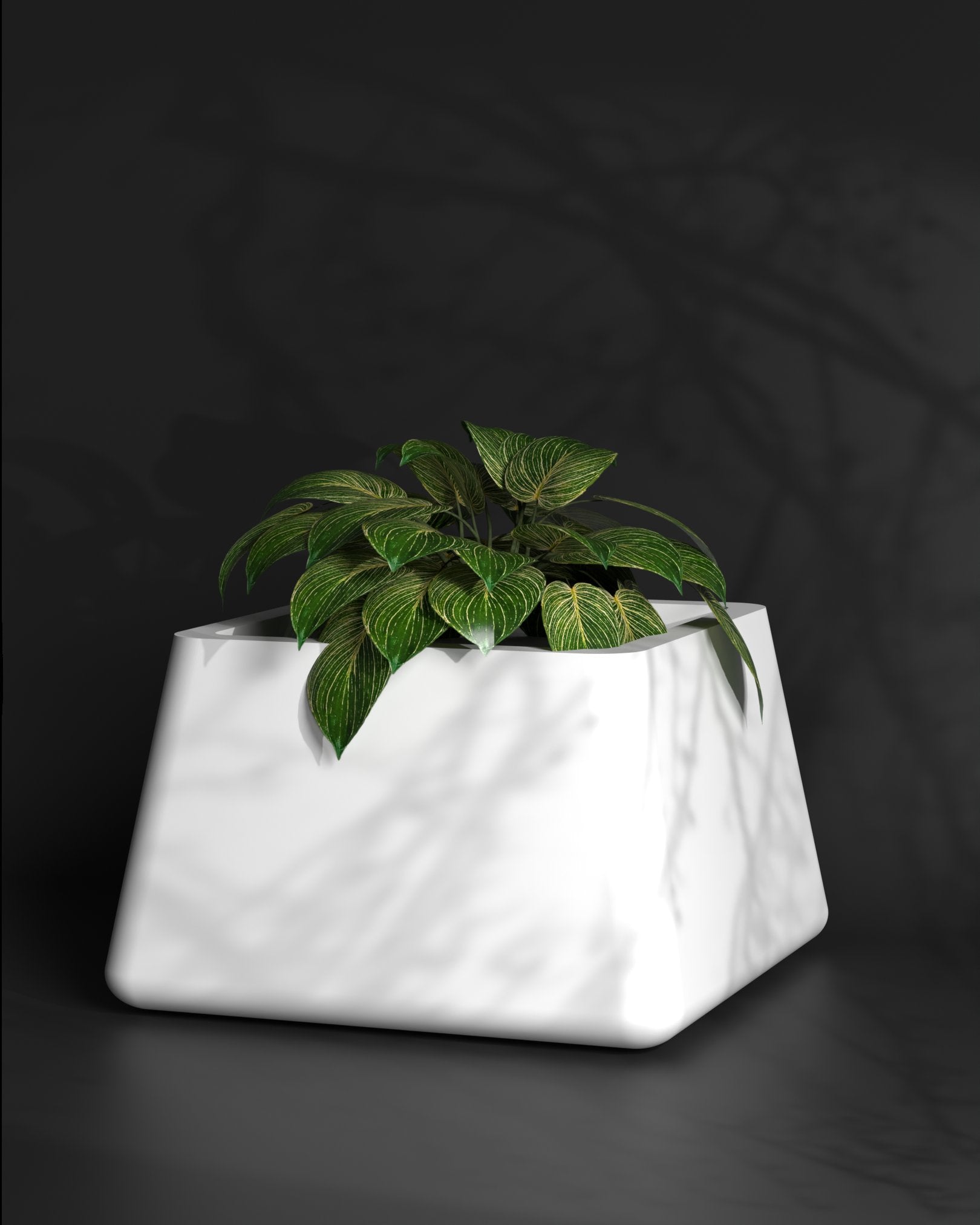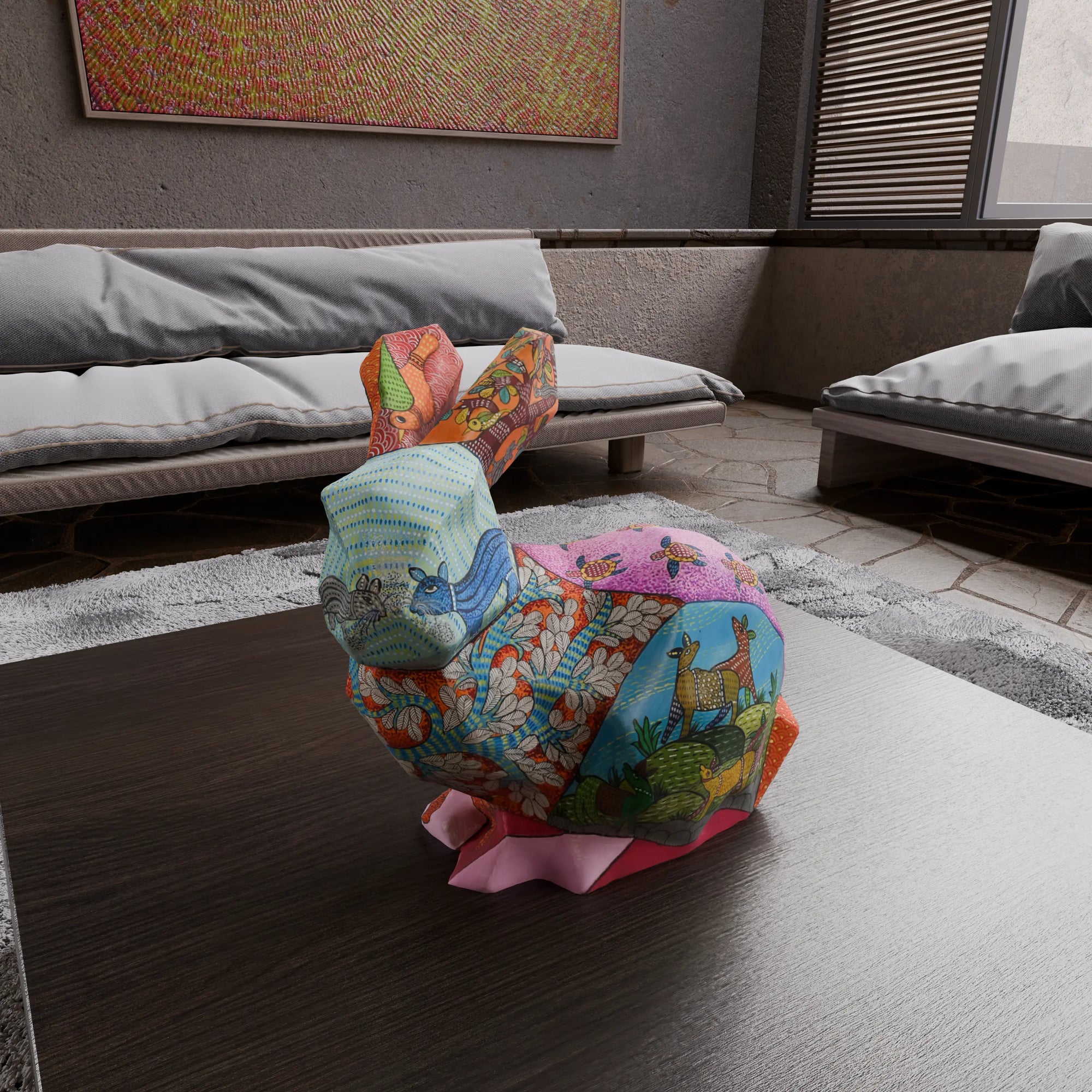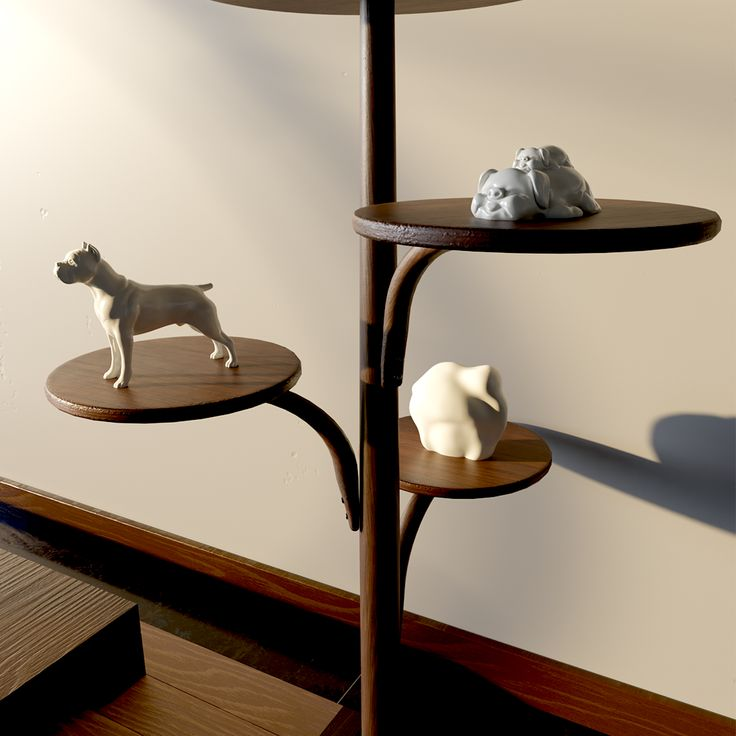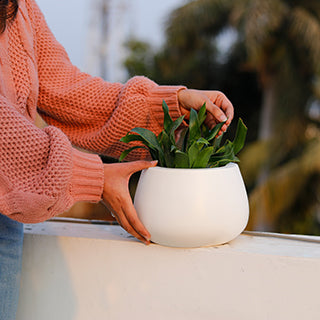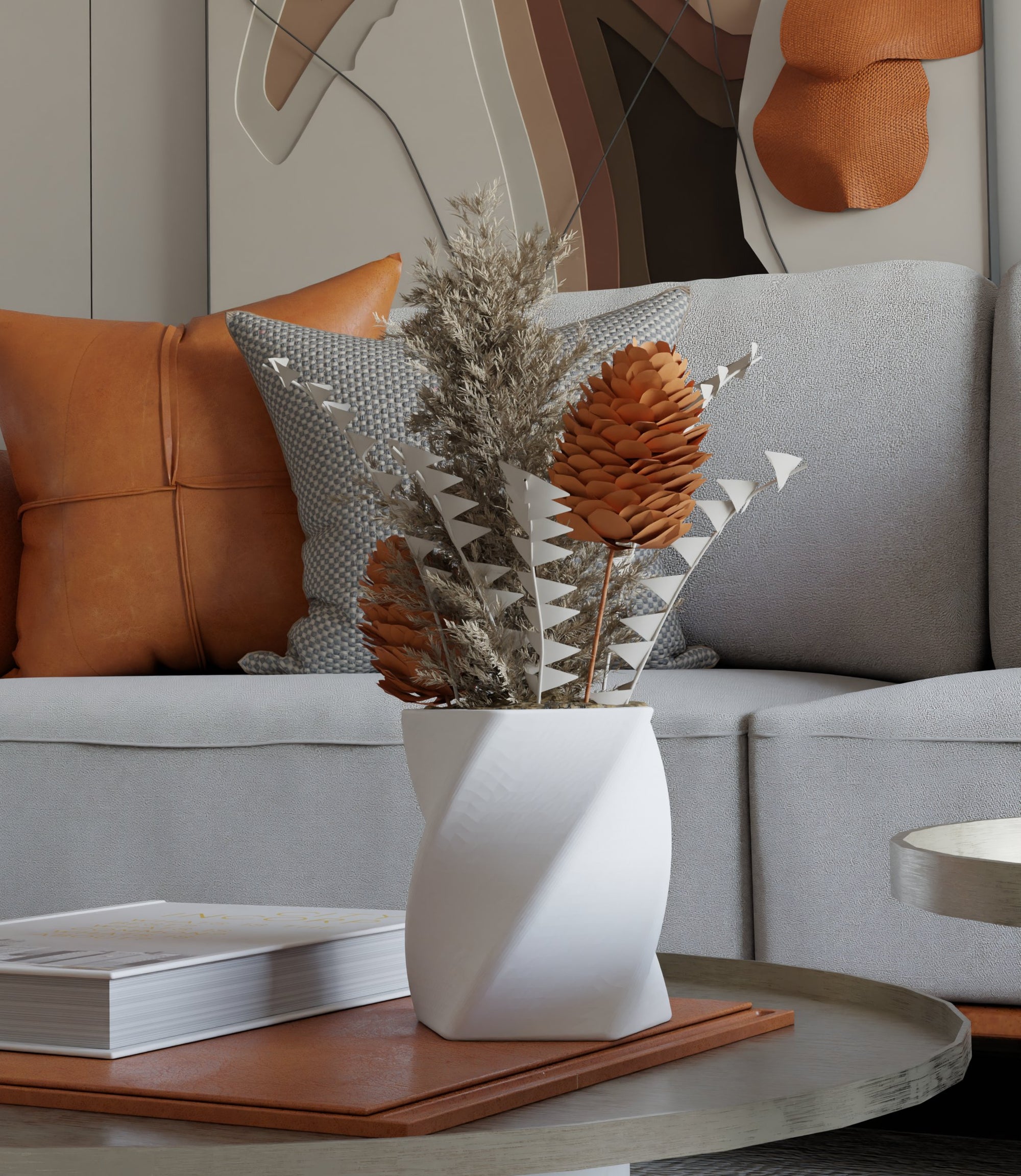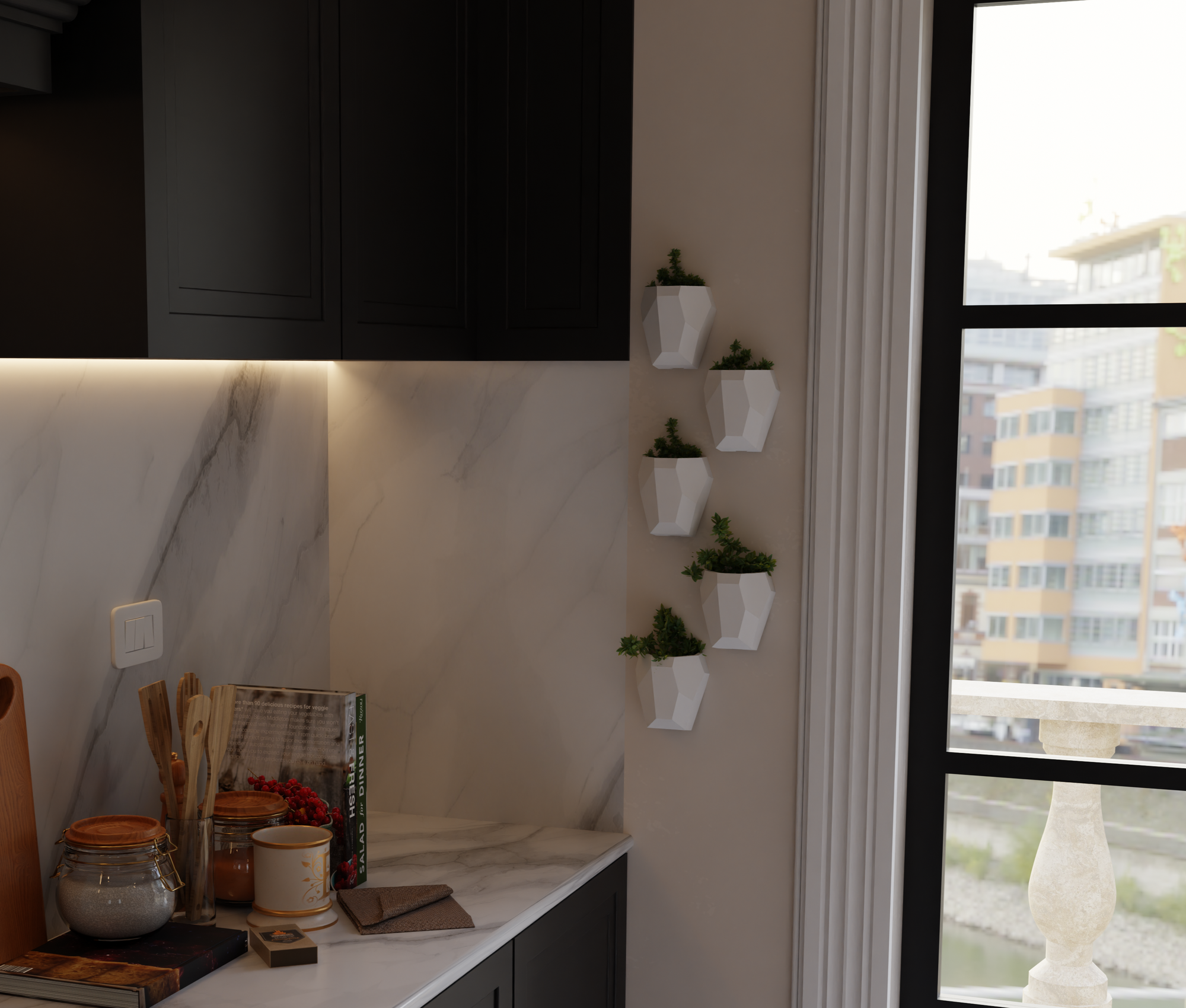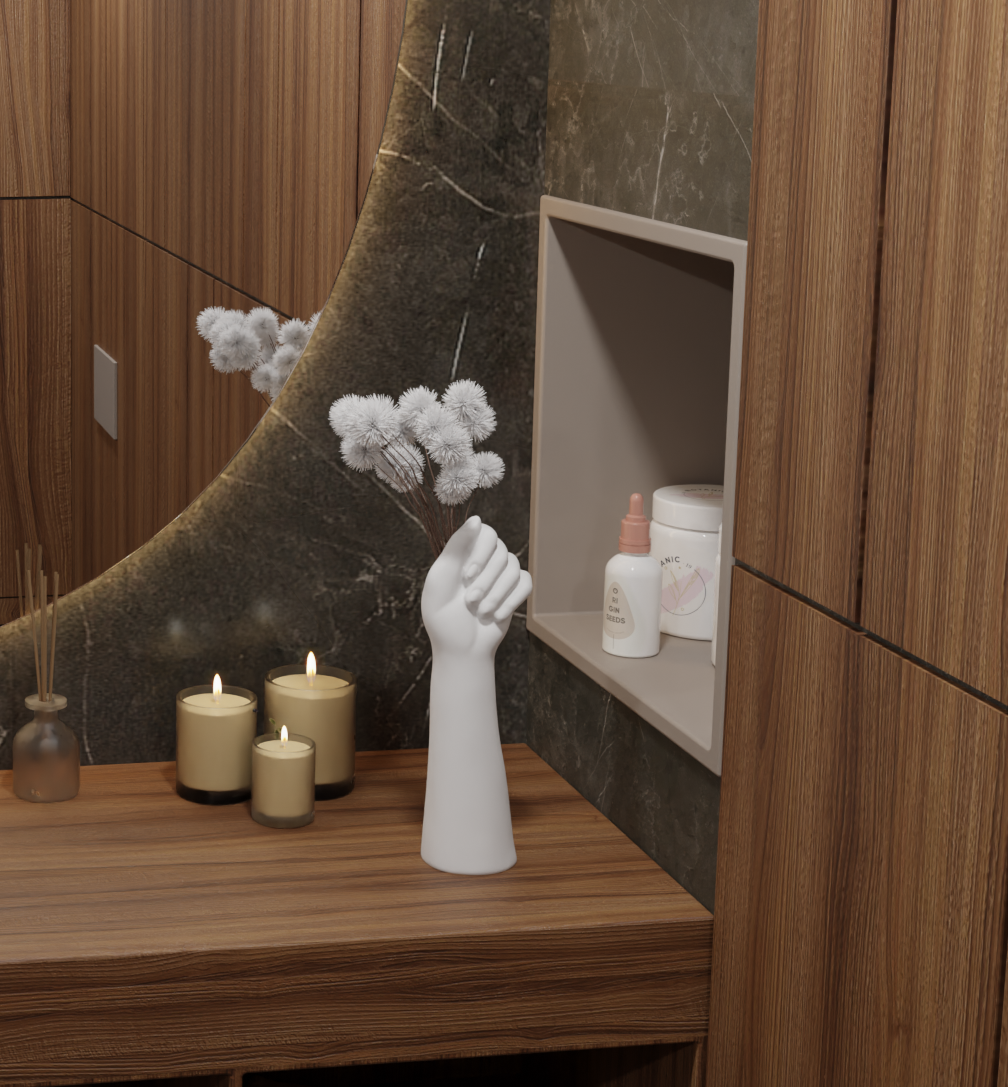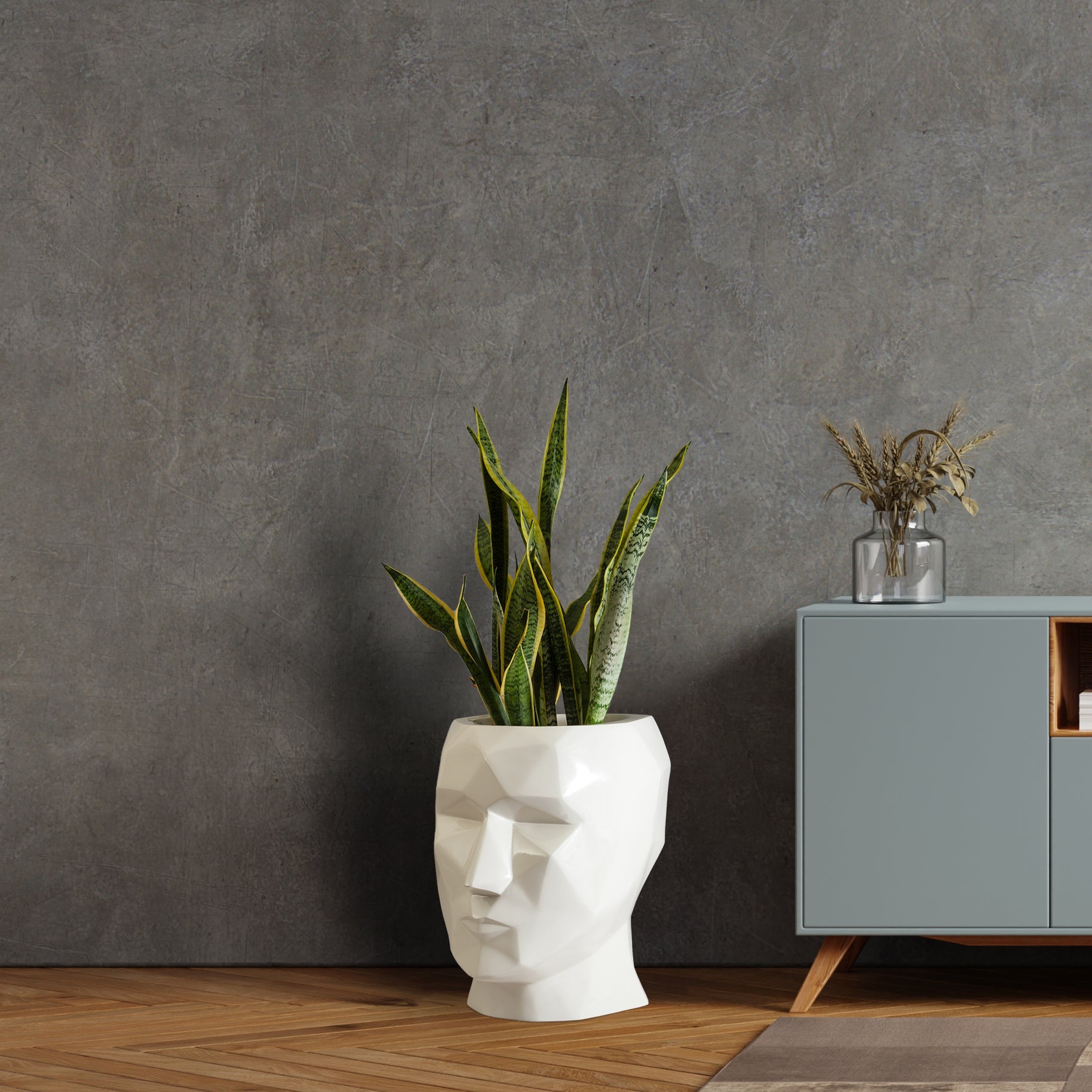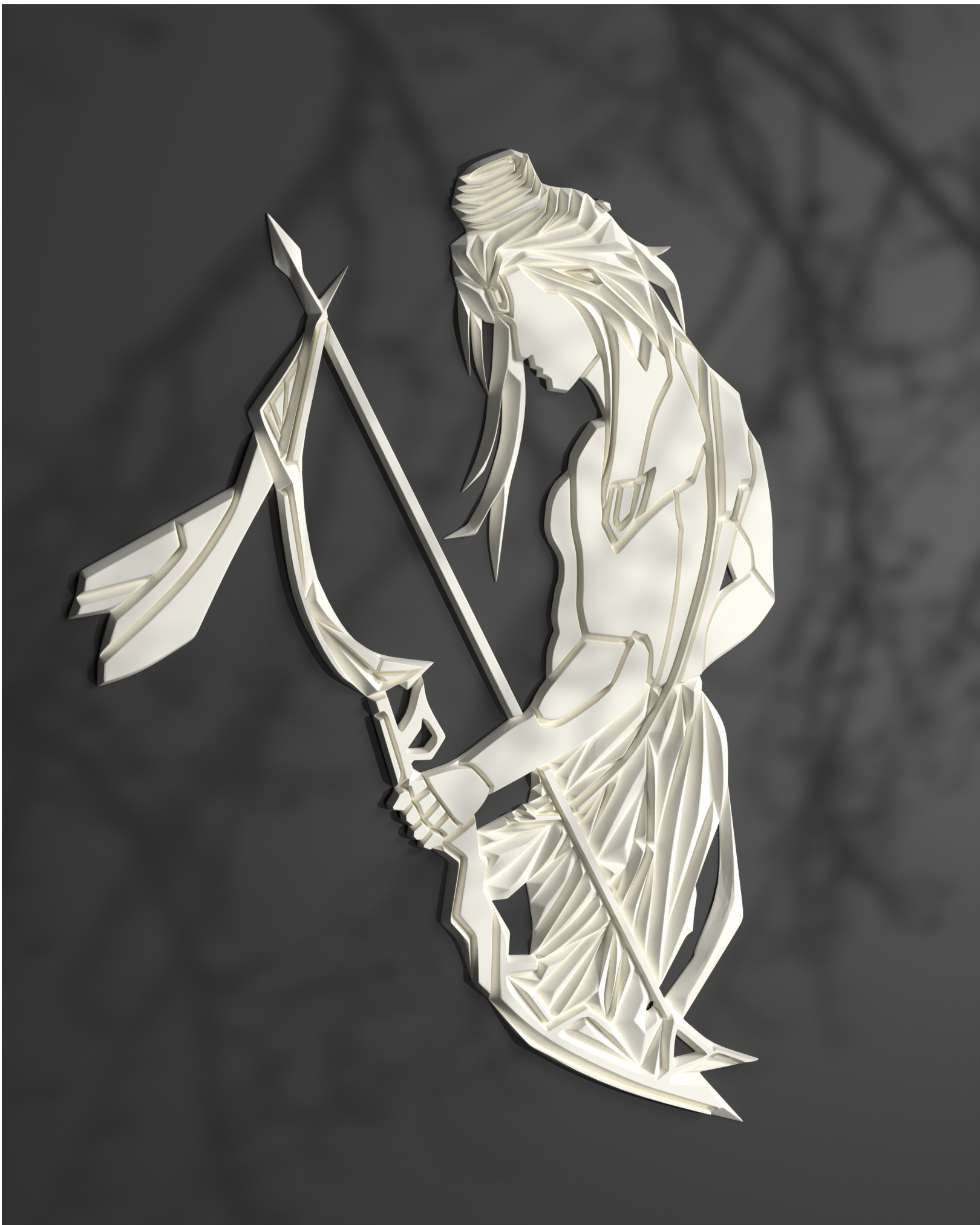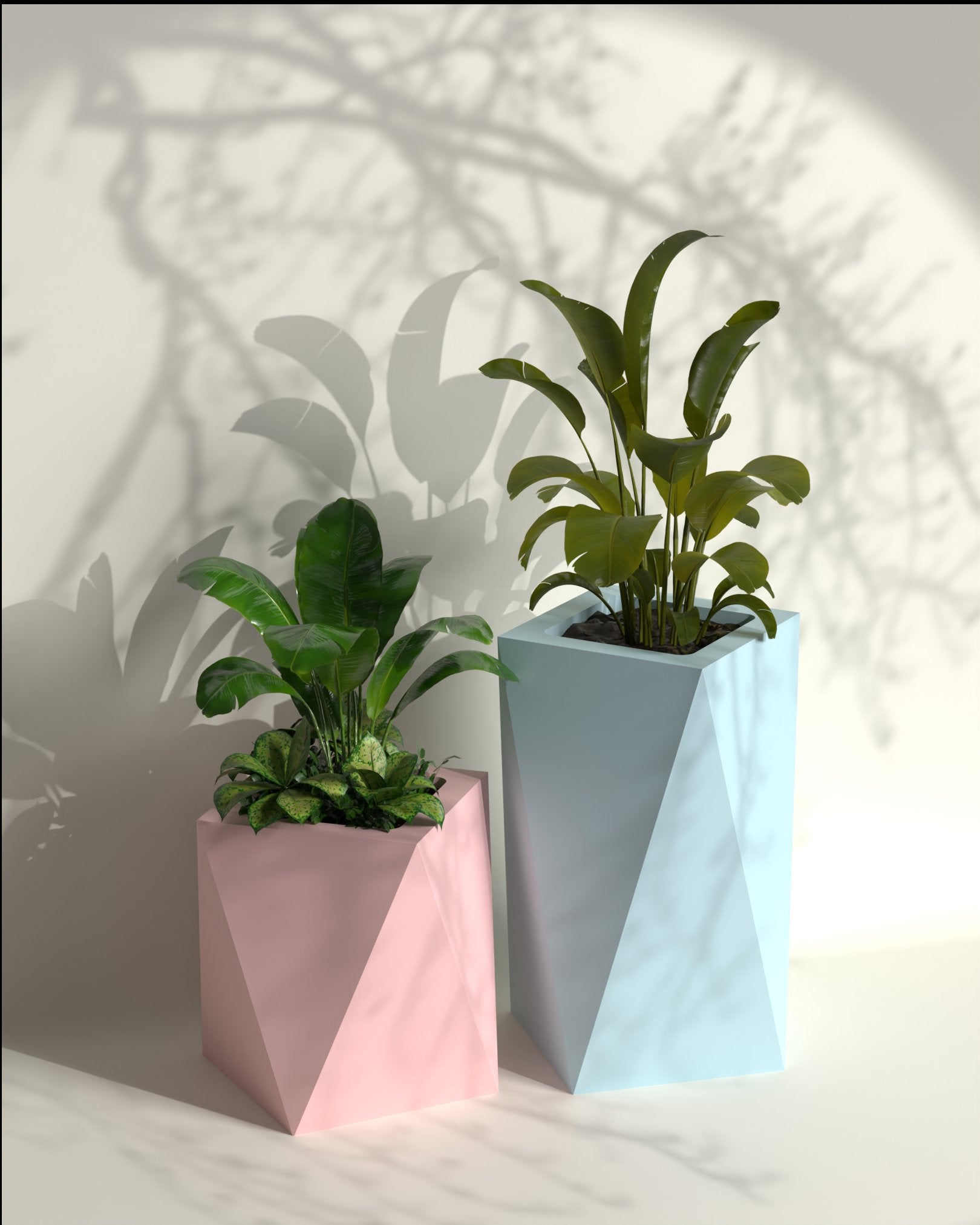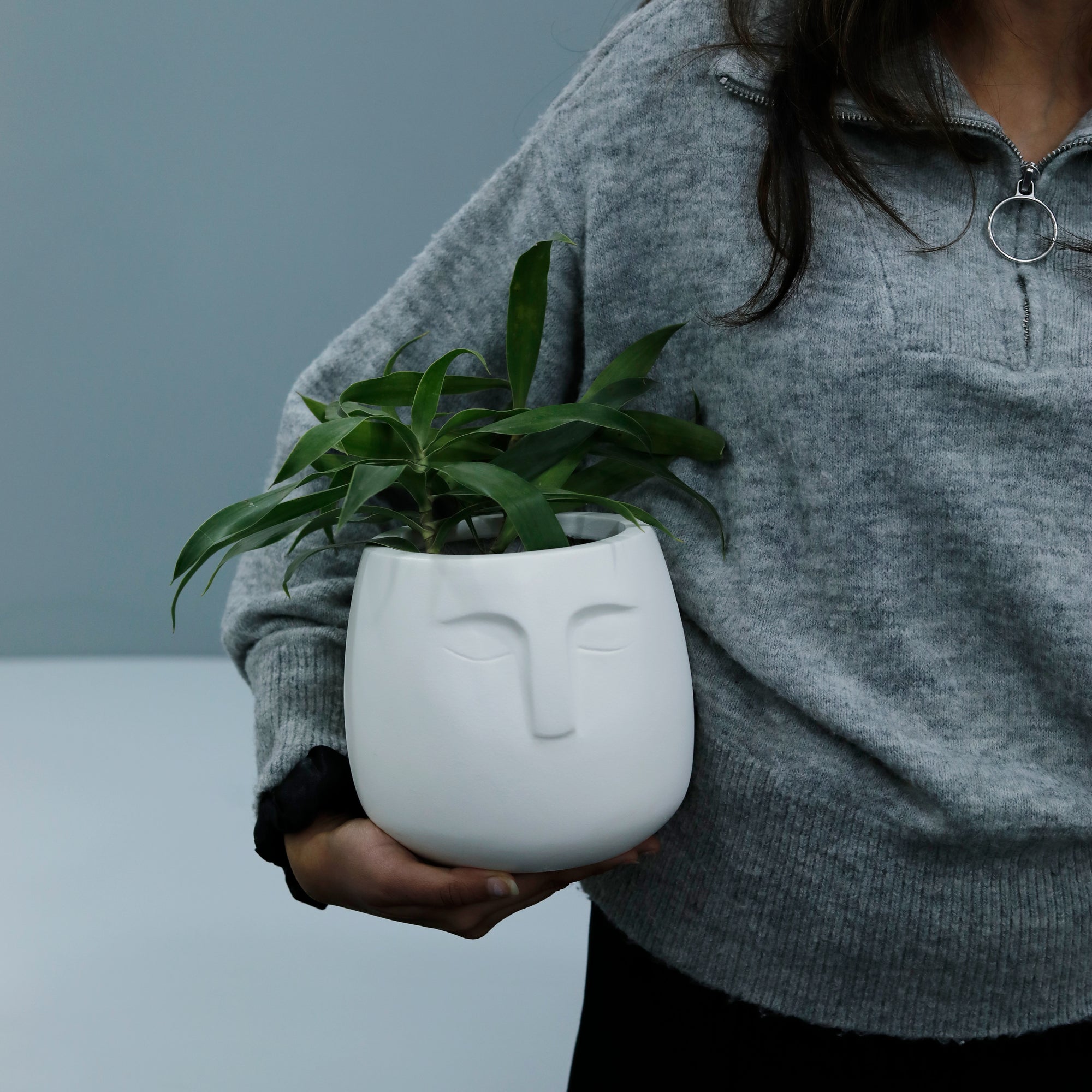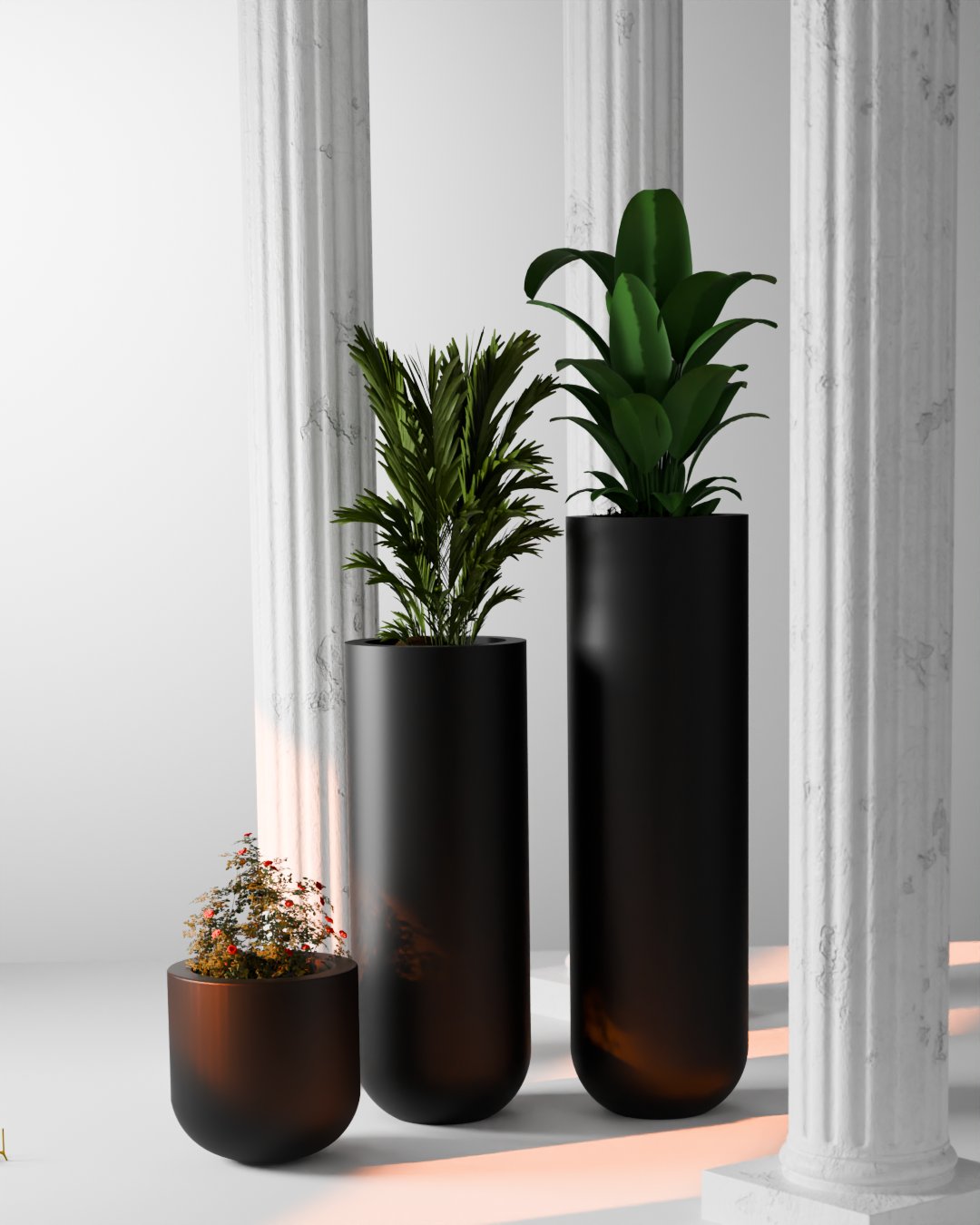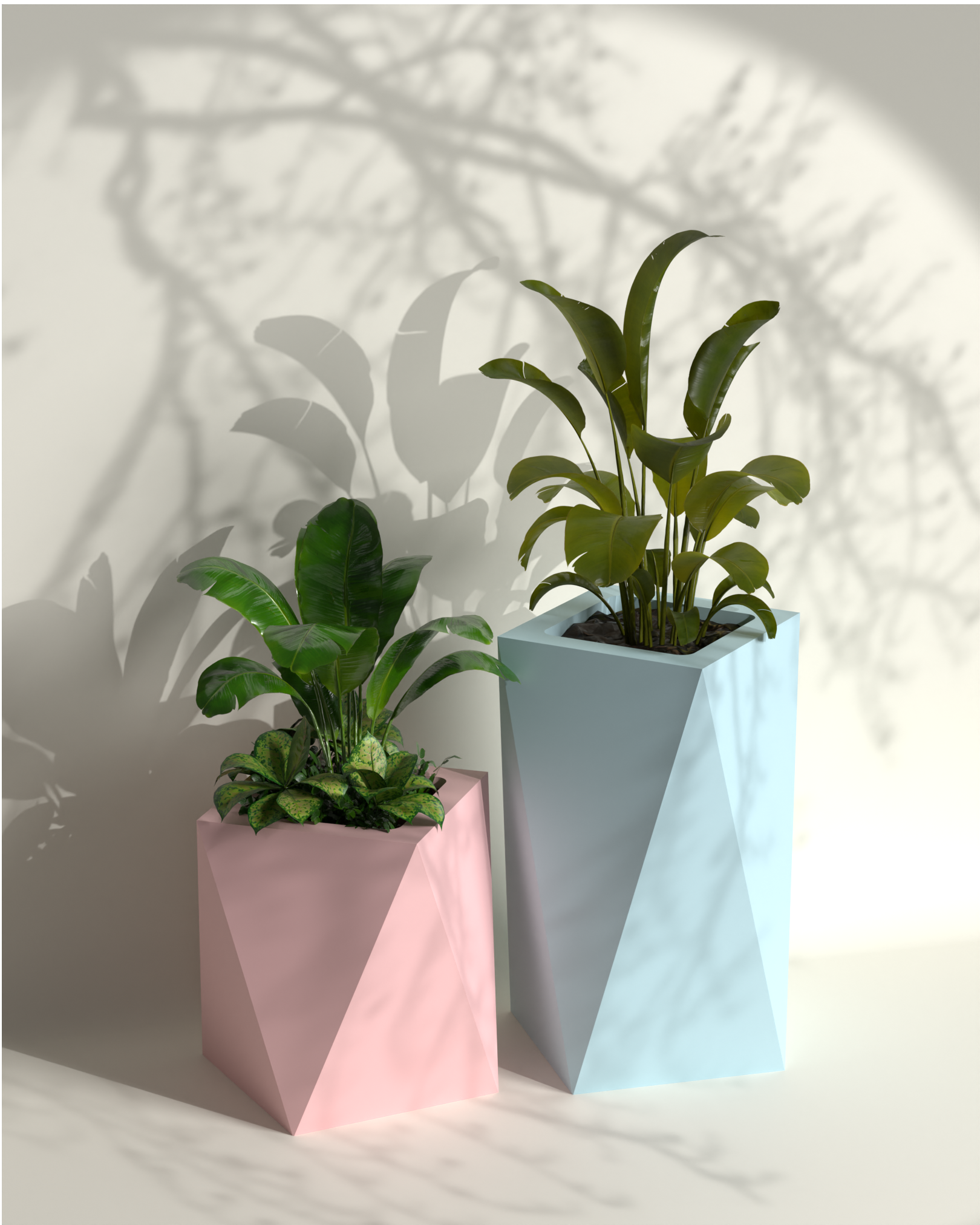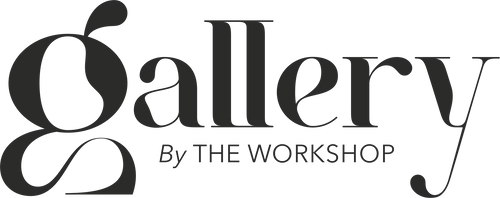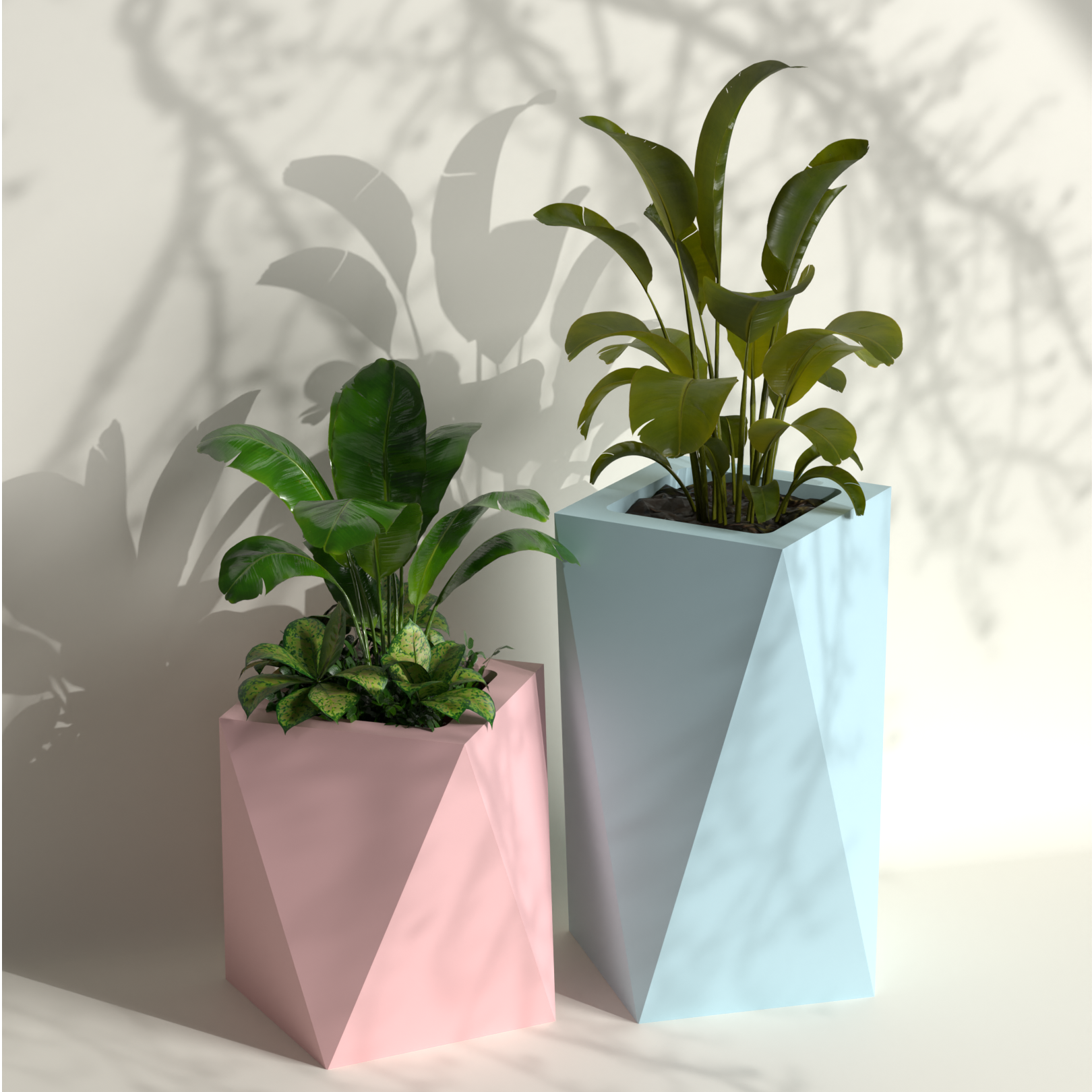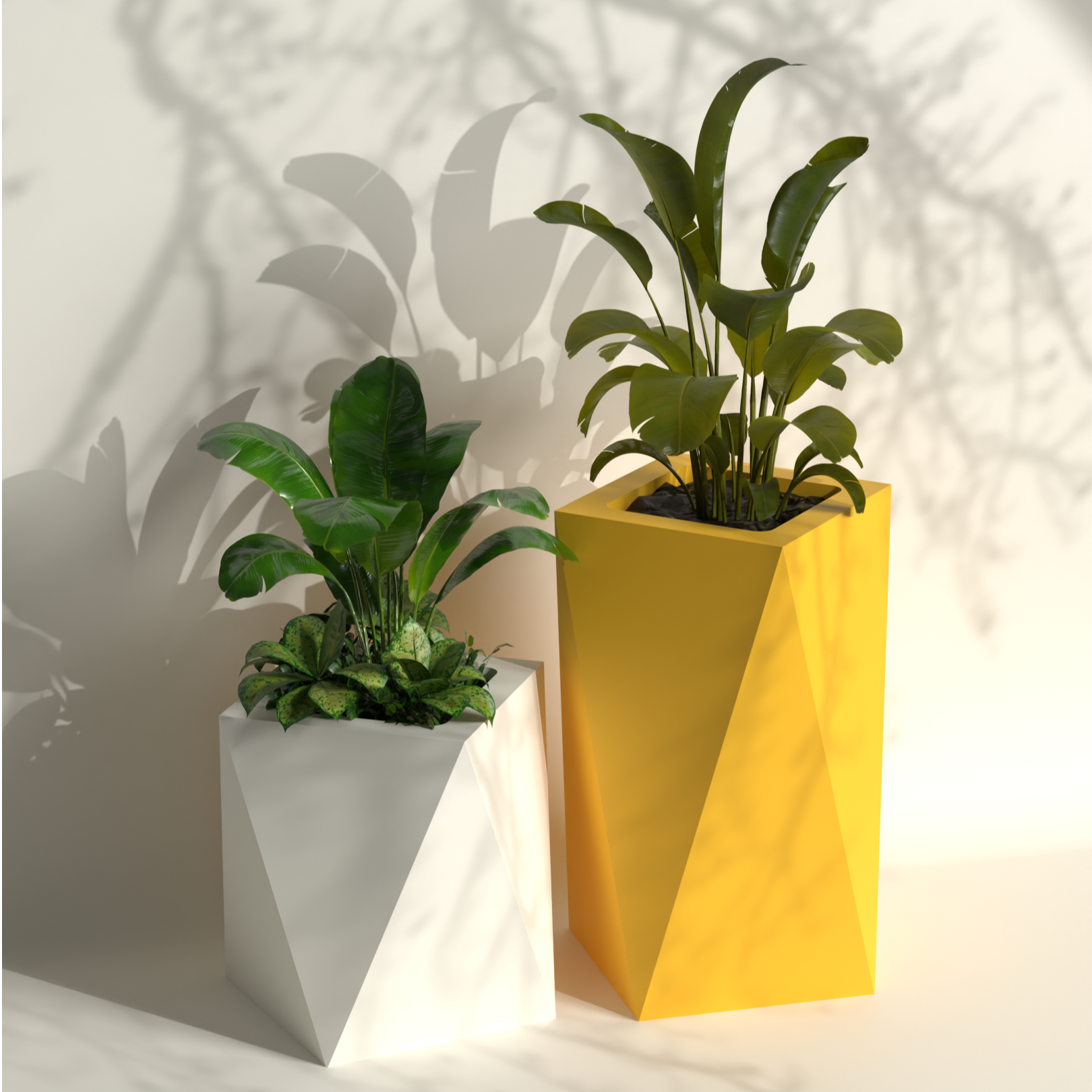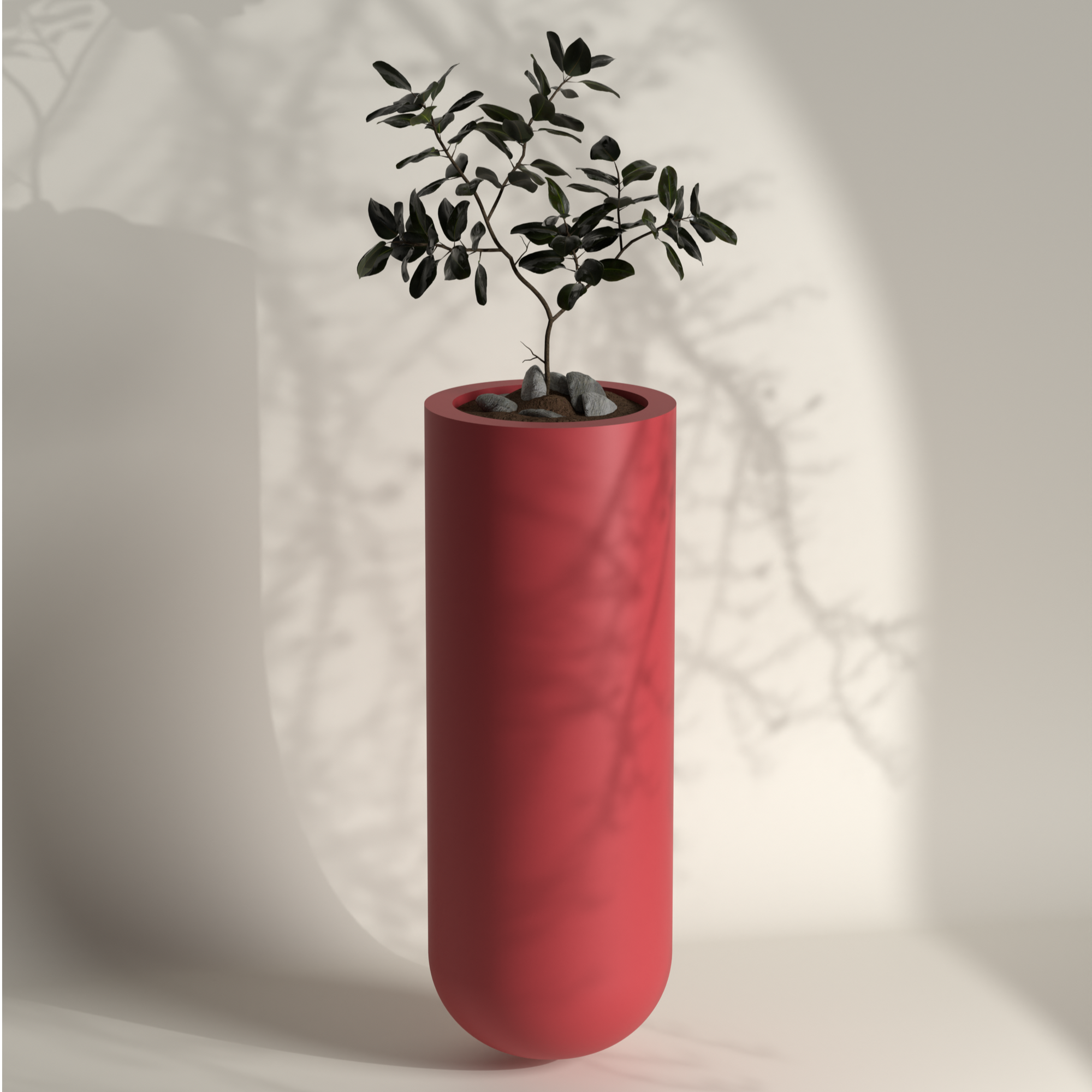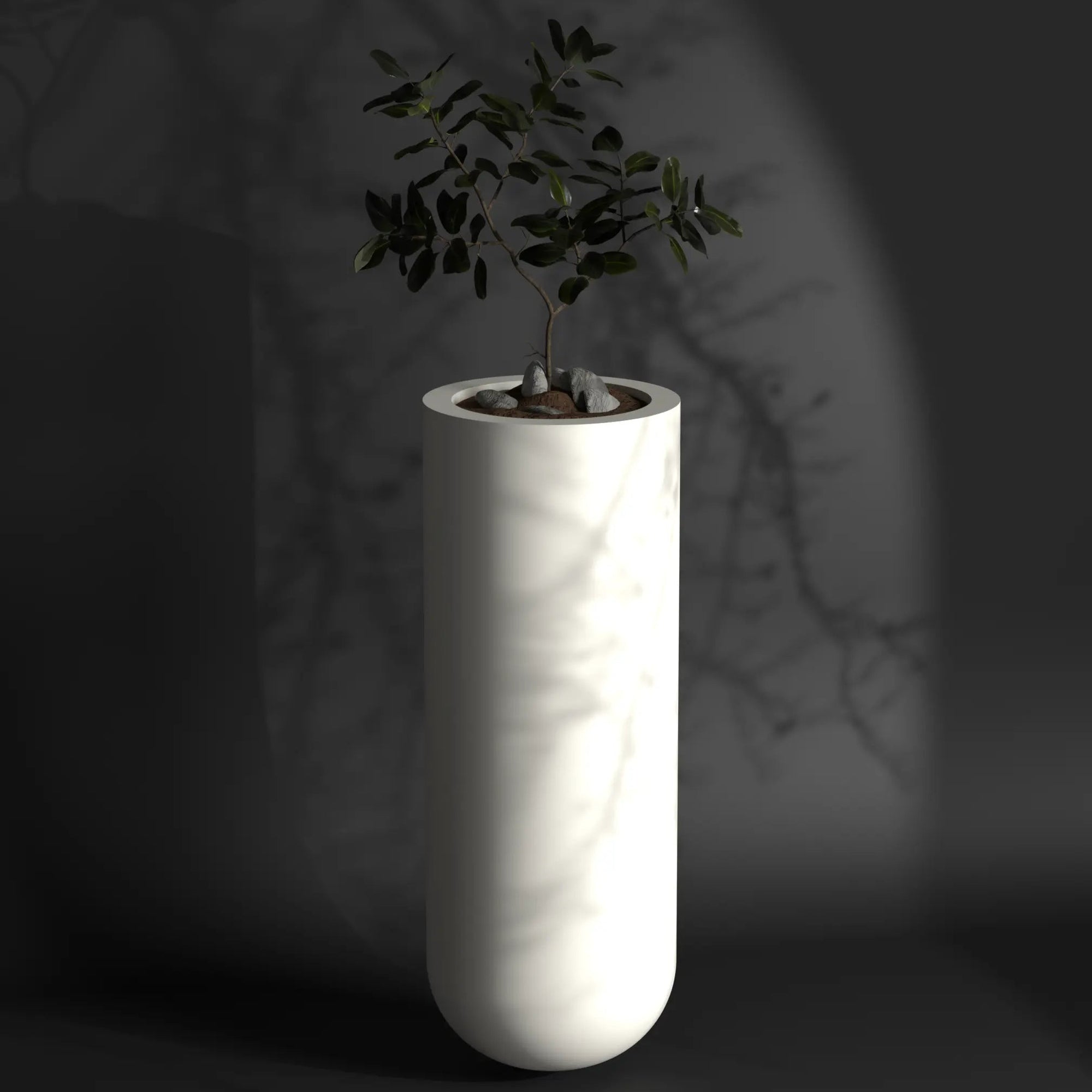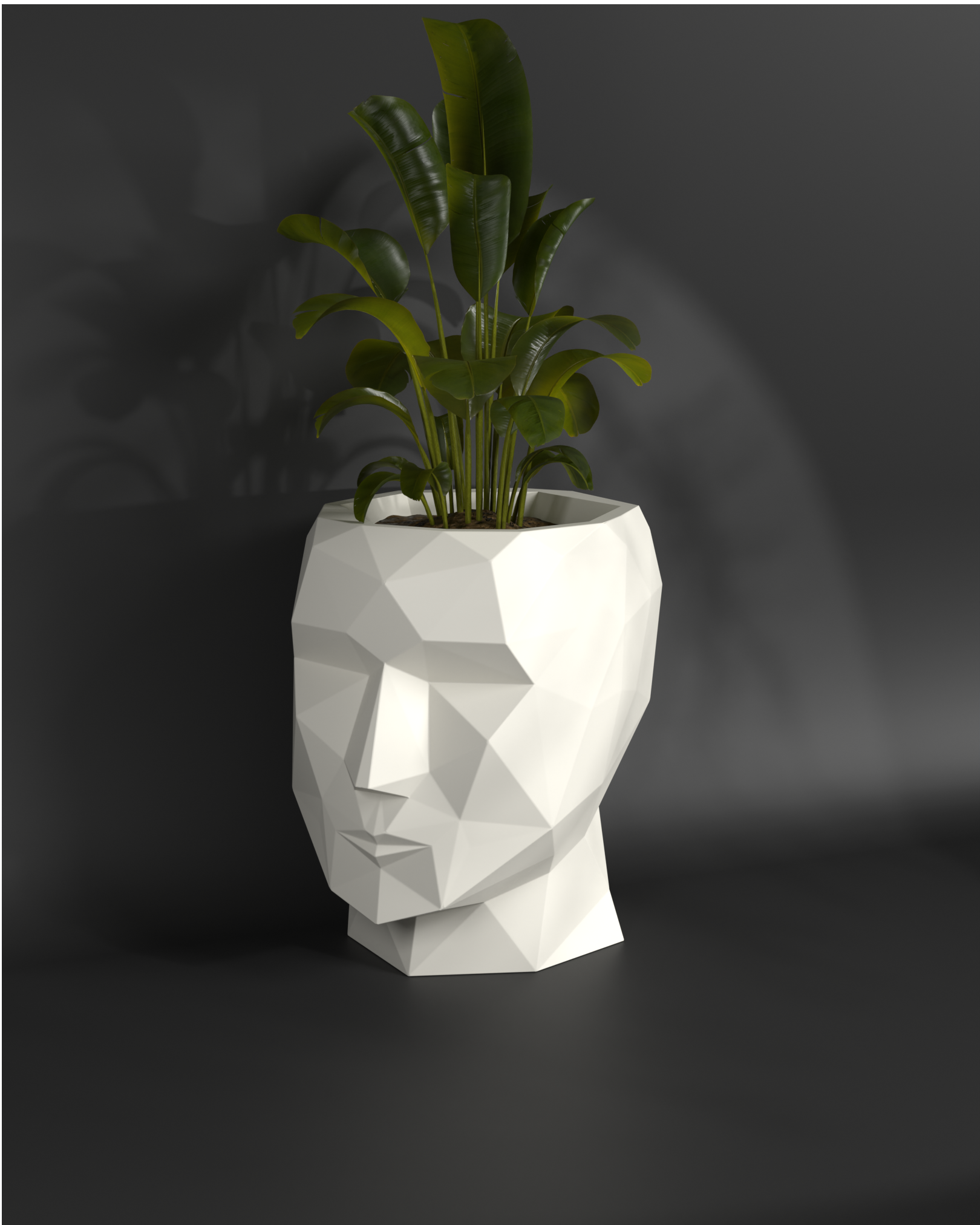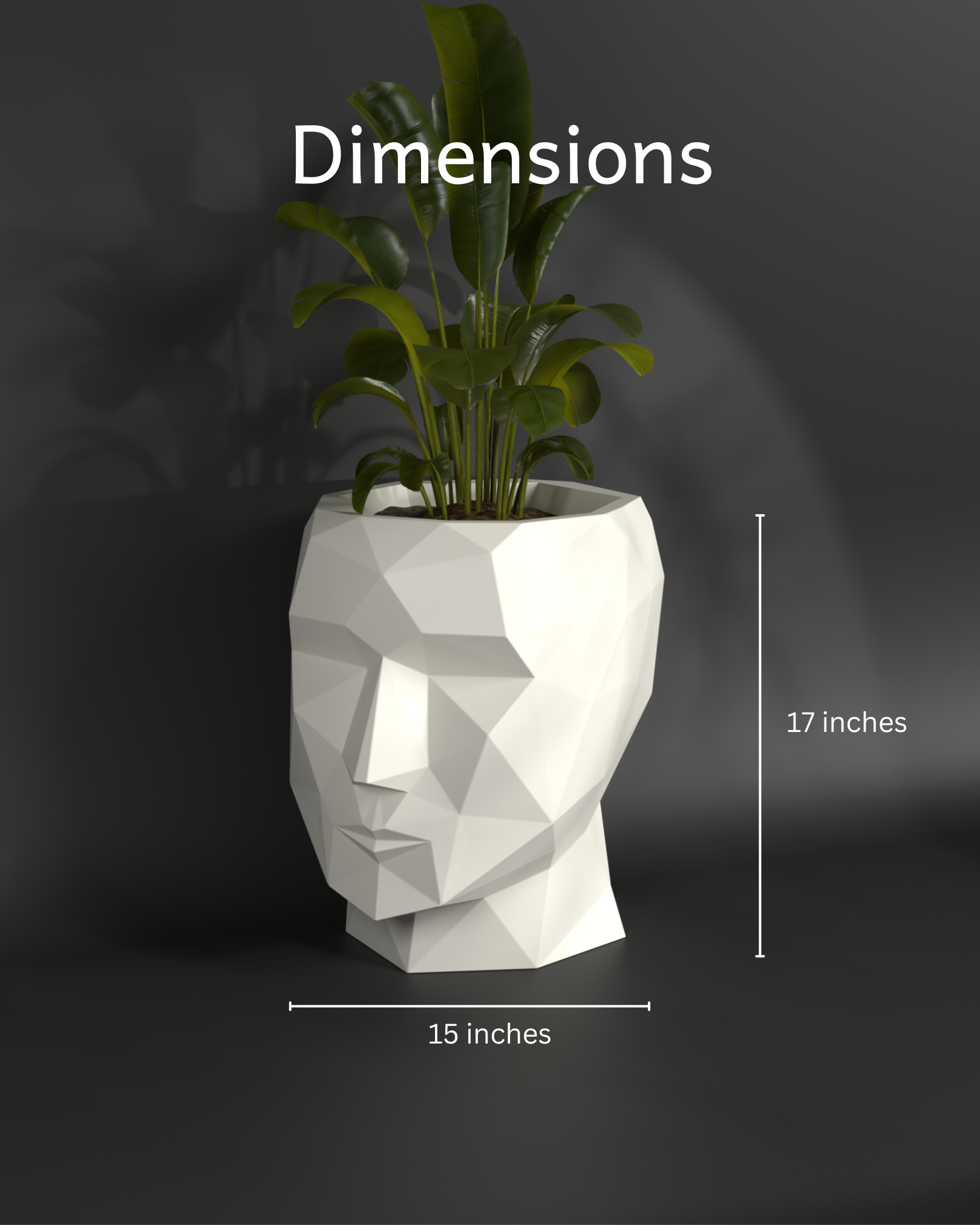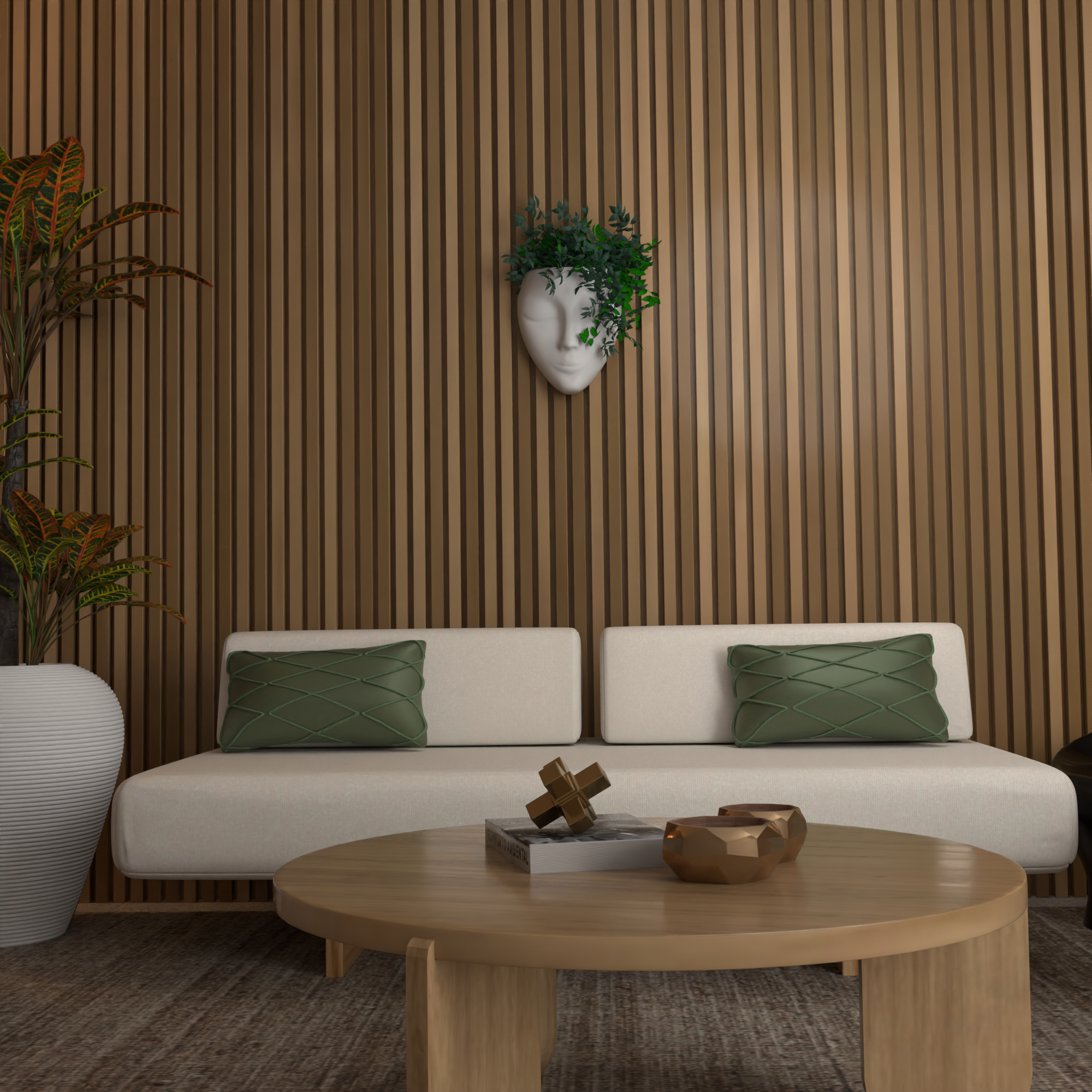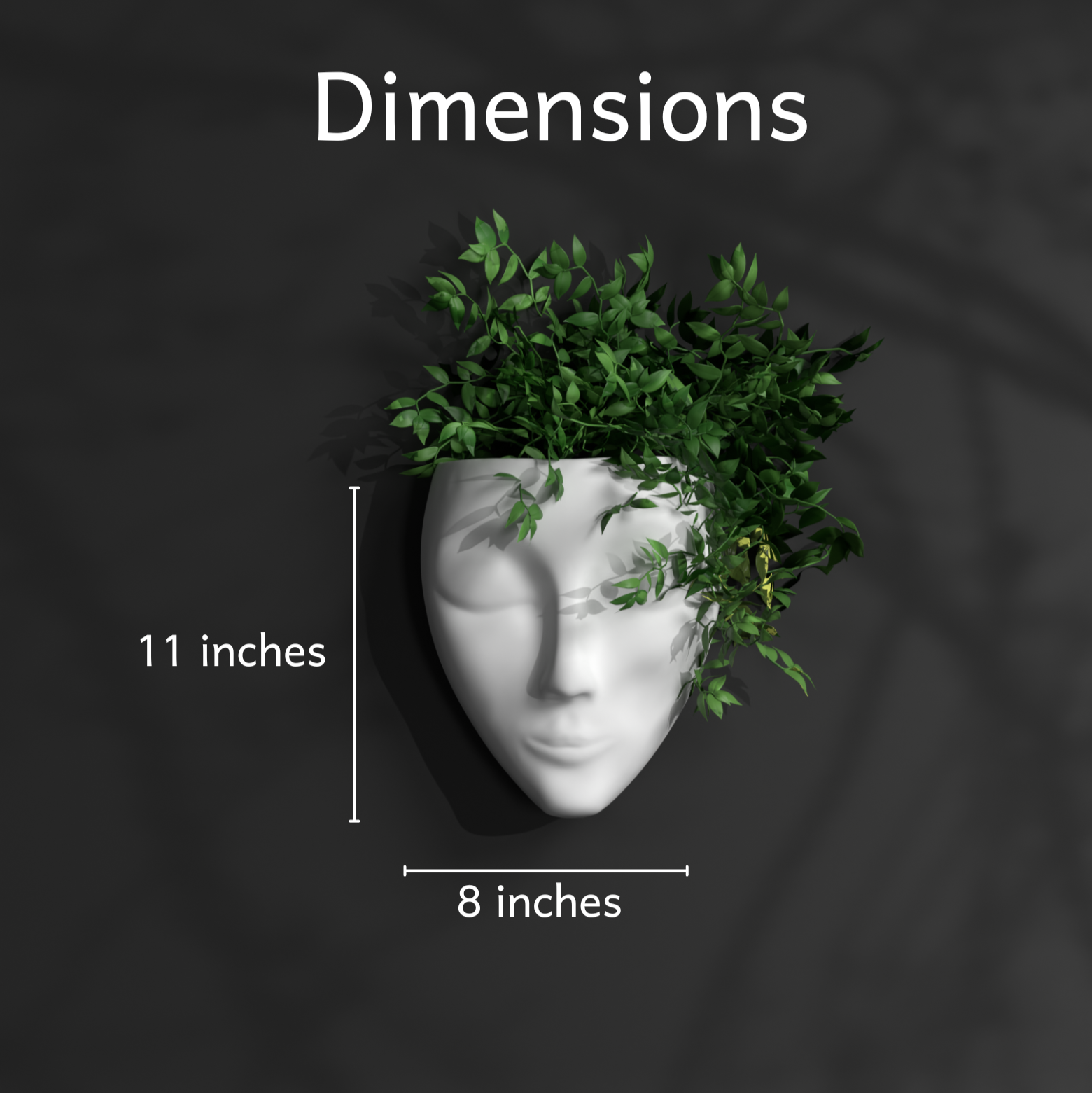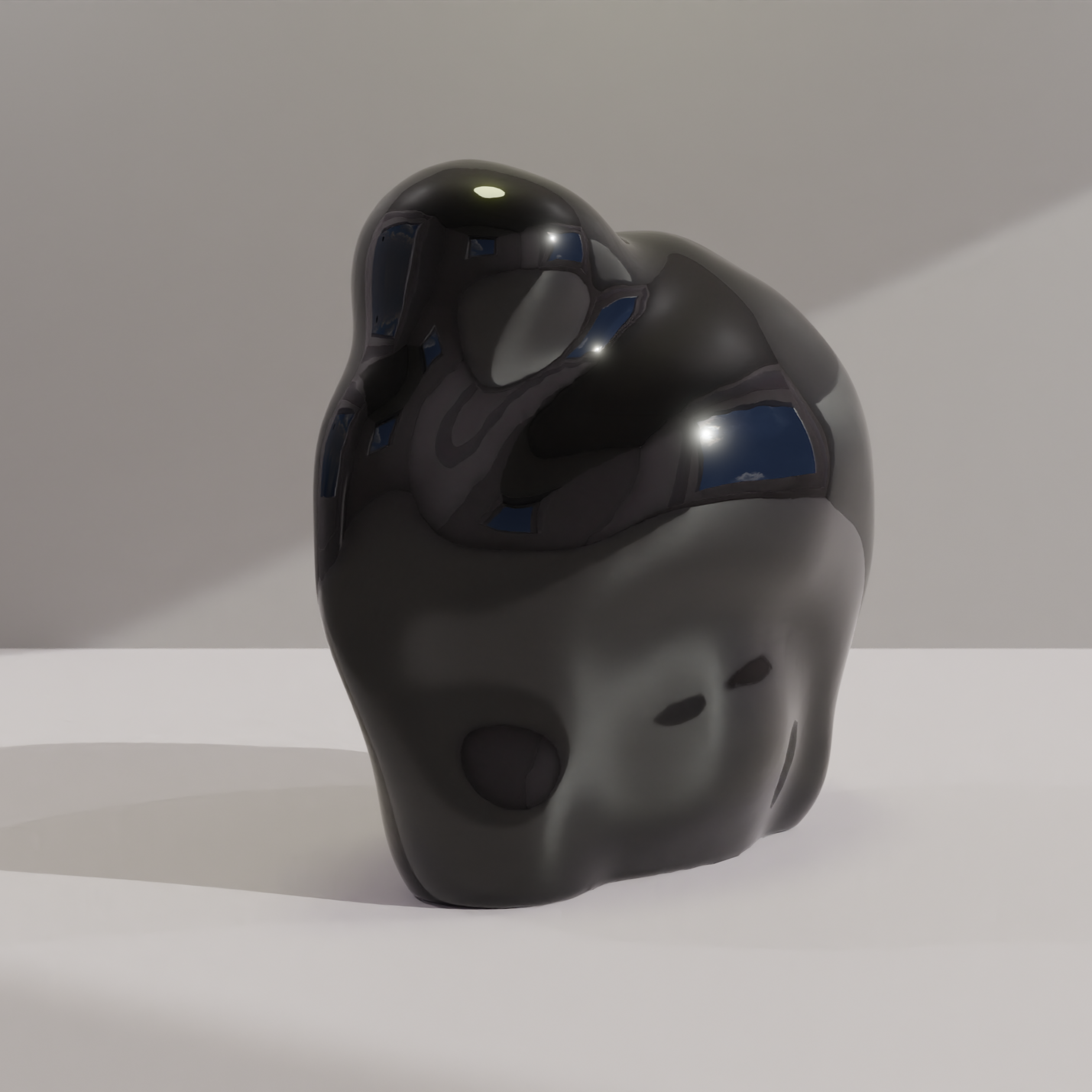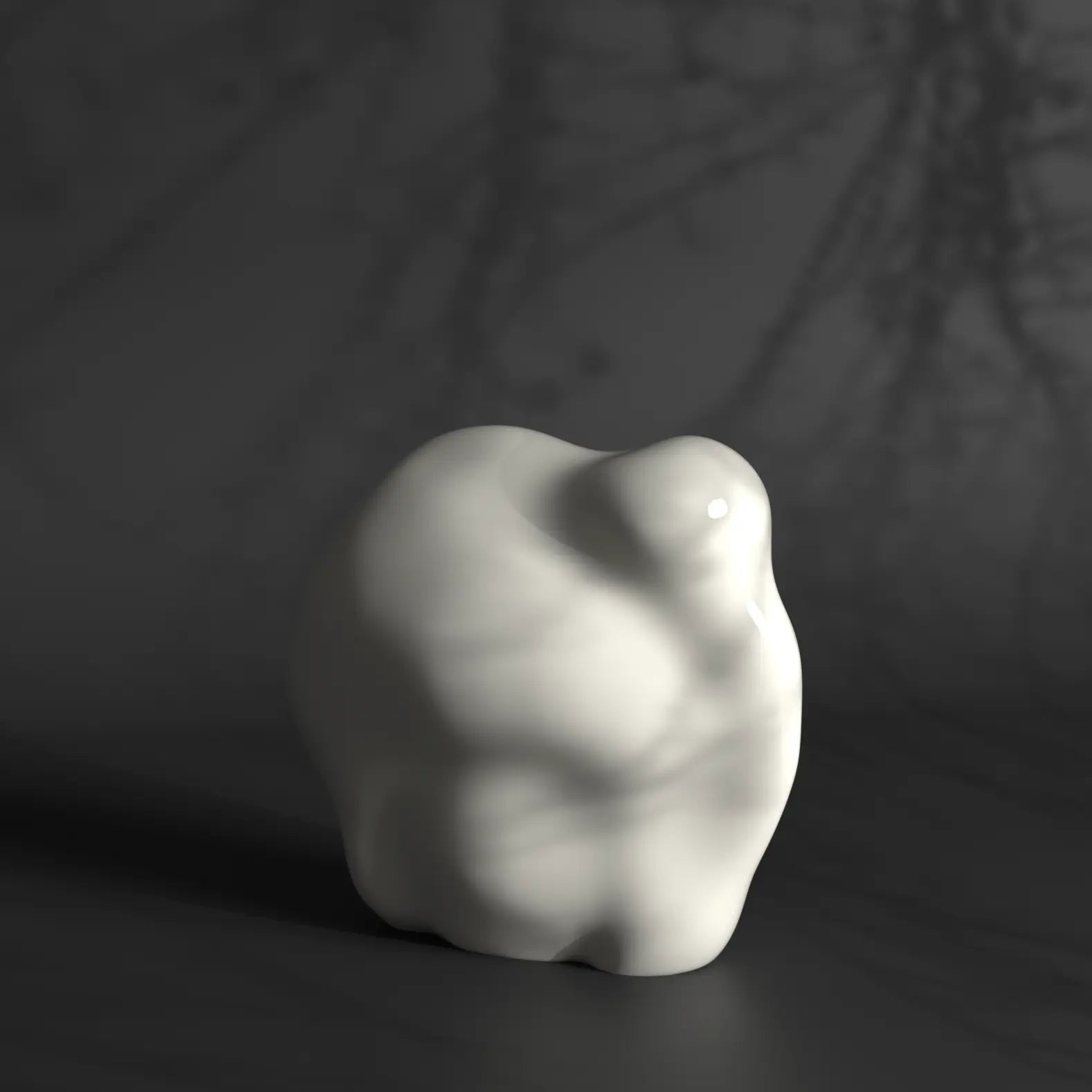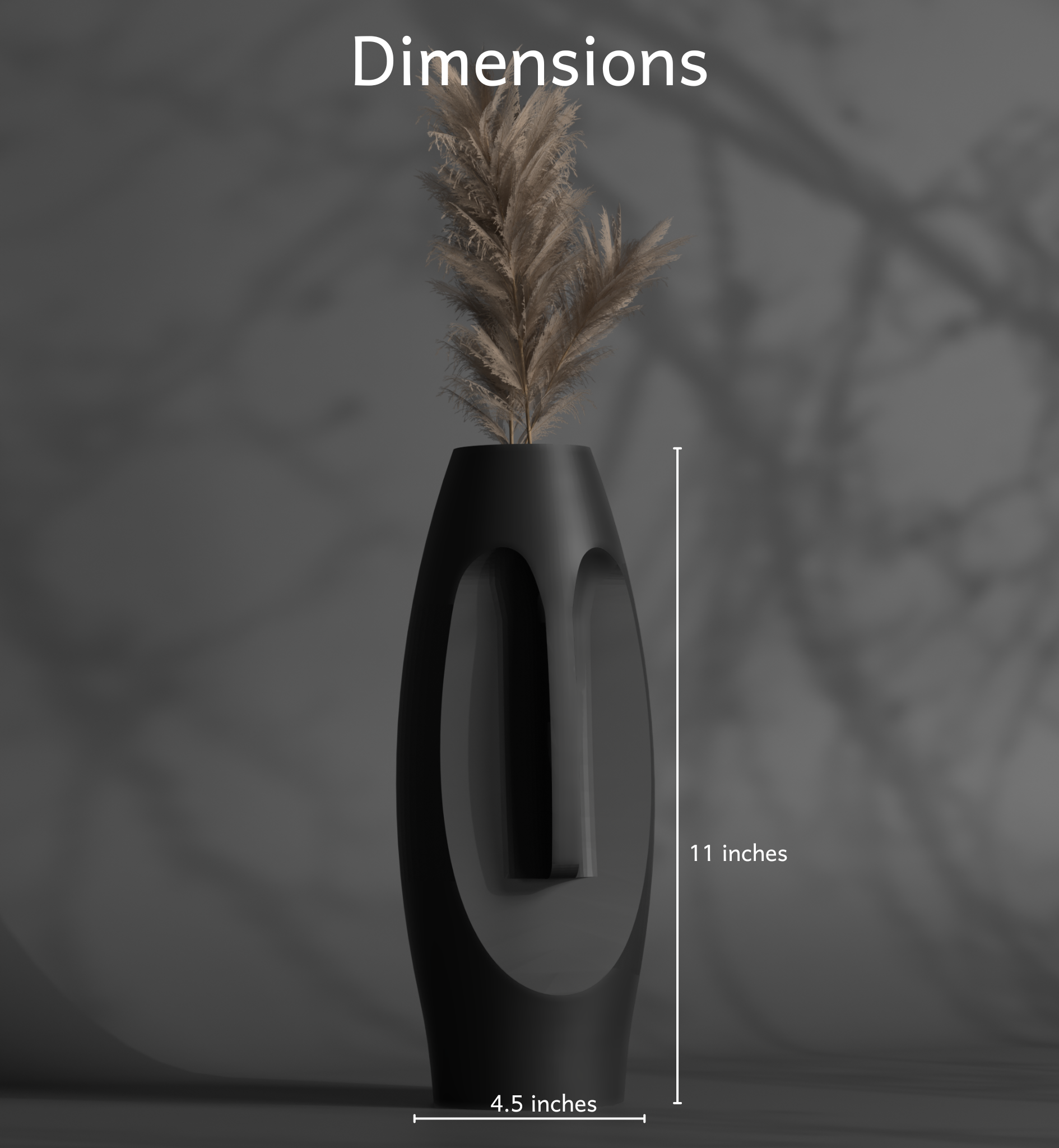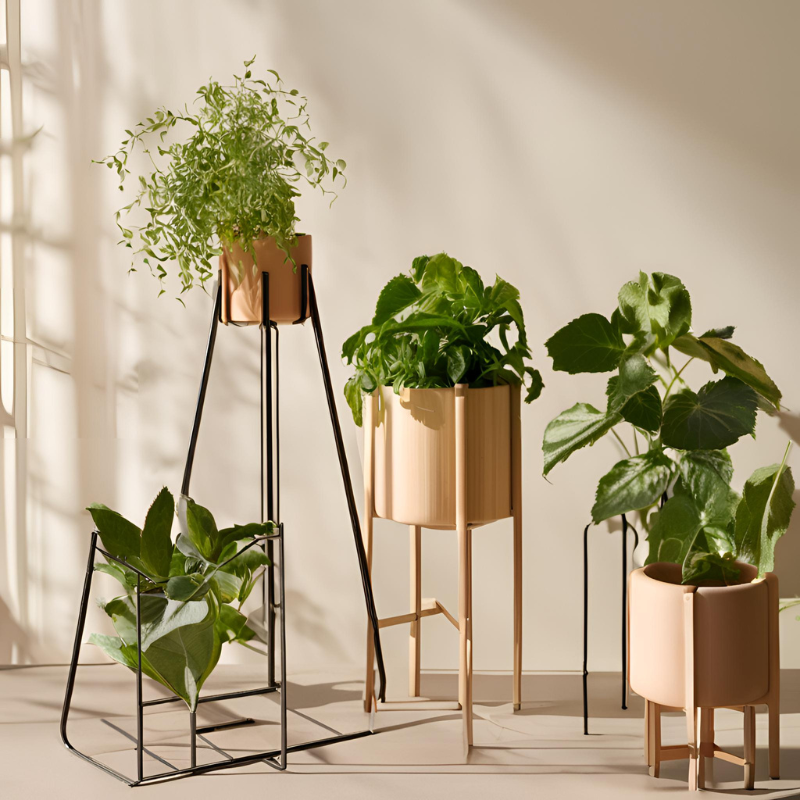
Top 5 Mistakes to Avoid When Decorating with Plant Pots
Decorating with plant pots is a wonderful way to introduce life, color, and style to your home. Whether you are a seasoned plant enthusiast or just dipping your toes into plant care, it’s easy to assume that placing a plant in a pot is all it takes. However, decorating with plant pots involves a blend of art and strategy. The wrong choices can lead to dead or unhealthy plants, awkward aesthetics, and even a less functional living space. In this article, we'll explore the top five mistakes to avoid when decorating with plant pots and how to remedy these common errors for a beautiful, thriving space.
1. Ignoring Pot and Plant Compatibility
One of the most common mistakes is choosing a pot based on aesthetics alone without considering its compatibility with the plant’s growth needs. Your choice of the pot should depend on the plant type, its growth pattern, and root structure. When a pot is too small or lacks proper drainage, the roots can become compacted, leading to stunted growth and even plant death.
Understanding Pot Size
Plant roots require adequate space to grow and spread. A pot that’s too small can stunt root growth, restrict the flow of nutrients, and eventually harm the plant. On the flip side, planting a small plant in an oversized pot can lead to problems like overwatering, as excess soil retains more water than the plant needs.
Solution:
Choose a pot that provides room for the plant’s current roots and allows for future growth. A good rule of thumb is to go for a pot that’s 2 to 4 inches larger in diameter than the plant’s root ball. For succulents and cacti, you may opt for shallow but wide pots, as they have shallow root systems. When repotting, increase the pot size gradually instead of jumping straight to a massive container.
Considering Drainage Needs
Drainage is crucial for preventing root rot, which occurs when excess water can’t escape the pot, causing roots to sit in water. Over time, this condition deprives the plant of essential oxygen and nutrients. Many stylish decorative pots lack drainage holes for the sake of appearance, which creates an unfavorable environment for most plants.
Solution:
If you find a decorative pot without a drainage hole, consider using it as a cachepot. A cachepot is a decorative pot that holds a functional pot with drainage. This way, you get the visual appeal without compromising your plant’s health. If drilling a hole in the decorative pot is an option, it’s worth considering.
Pot Material Matters
Different pot materials (terracotta, ceramic, plastic, etc.) have varying moisture retention properties. Terracotta is porous and dries out quickly, which works well for plants like succulents that require well-drained soil. On the other hand, ceramic and plastic pots retain moisture longer, which is ideal for tropical plants.
Solution:
Choose pot materials based on the plant’s water needs. Additionally, consider the environment where you plan to place the plant, as factors like humidity and temperature will influence the pot’s performance.

2. Overlooking Plant and Room Compatibility
The relationship between the plant and the room environment is crucial. A common mistake is picking plants solely for their visual appeal without considering the room’s lighting, temperature, and humidity conditions. This can lead to plant stress and decline.
Ignoring Light Requirements
Light is a key factor for plant growth, but it’s often overlooked in home decor. Placing a sun-loving plant in a dim corner can weaken it, causing legginess and slow growth. Conversely, putting a shade-loving plant in direct sunlight can scorch its leaves.
Solution:
Evaluate your room’s lighting conditions and choose plants accordingly. For example:
- Low Light: Snake plants, ZZ plants, and pothos can thrive.
- Medium Light: Philodendrons, ferns, and peace lilies.
- Bright, Indirect Light: Fiddle-leaf figs, rubber plants, and monsteras.
- Direct Sunlight: Succulents, cacti, and aloe.

Not Considering Temperature and Humidity
Different plants thrive in specific temperature and humidity conditions. Tropical plants like ferns and calatheas need high humidity, while succulents and cacti are more comfortable in dry, warm environments. An unsuitable climate can lead to problems like browning leaves, slow growth, or insect infestations.
Solution:
Match the plant with the room’s environment. If your home is generally dry but you want to have humidity-loving plants, consider investing in a humidifier or placing the plants in naturally humid areas like bathrooms.
3. Not Thinking About Placement and Layout
The placement of your plant pots should consider not only aesthetics but also the plant’s needs and the functional use of the space. A common mistake is cluttering the space with too many pots, which can obstruct walkways or crowd the room.
Blocking Walkways or Cluttering Spaces
While a well-placed plant can breathe life into a room, too many can create visual chaos and even pose tripping hazards. Moreover, overcrowded plants often struggle to get the necessary light and airflow, leading to poor growth and diseases.
Solution:
Strike a balance by being selective with your plant arrangement. Grouping plants of varying sizes can create an aesthetically pleasing focal point without overwhelming the space. Use taller plants in corners or behind furniture to add height, and place smaller ones on tables or shelves for interest.
 -
-
Not Utilizing Vertical Space
People often focus on floor or tabletop plants, neglecting the potential of vertical space. However, vertical gardening can be an excellent way to bring greenery into small spaces without sacrificing precious floor area.
Solution:
Consider options like hanging baskets, wall-mounted planters, or tiered plant stands. Vertical arrangements are great for trailing plants like pothos, ivy, and string of hearts.
4. Choosing the Wrong Plant Pot Style
Decorating with plant pots is not only about the plants but also the pots themselves. The style, color, and texture of the pots play a crucial role in how cohesive and appealing the space looks. Many make the mistake of not paying enough attention to how the pot style integrates with the existing decor.
Mismatching the Pot Style with Interior Design
Choosing pots without considering the style of your room can create visual dissonance. A sleek, modern pot might look out of place in a rustic or bohemian-themed room, while vintage-style pots could clash in a minimalist space.
Solution:
Consider the design aesthetic of the room before purchasing pots. For a cohesive look:
- Modern spaces can benefit from sleek, minimalist pots in neutral colors or bold geometric shapes.
- Bohemian styles might favor woven baskets, clay pots, or hand-painted ceramics.
- Rustic and farmhouse designs work well with aged terracotta or distressed wood planters.
- Scandinavian themes look great with clean, white pots or light wood textures.

Neglecting the Color Palette
Choosing plant pots without considering the color palette can disrupt the harmony of the space. Bright, multi-colored pots might add an eclectic vibe, but if they clash with other elements in the room, they can become distracting.
Solution:
Aim to either complement or contrast the existing color palette. Neutral-colored pots are versatile and can fit into almost any decor style. If you want a pop of color, choose hues that tie into other accents within the room.
5. Failing to Plan for Plant Care and Maintenance
Decorating with plant pots isn’t just about visual appeal—it’s also about maintenance. A well-curated arrangement can quickly turn into a burden if maintenance is overlooked. Many make the mistake of choosing plants and pots that are high-maintenance or hard to access.
Overlooking Accessibility
Placing plants in hard-to-reach areas or heavy pots that are difficult to move can make watering and routine care a hassle. When maintenance becomes inconvenient, it’s easy to forget watering schedules or neglect pruning, leading to unhealthy plants.
Solution:
Place plants where you can access them easily for watering, pruning, and pest control. If you have heavy pots, consider using plant caddies with wheels to make moving them easier. For hanging plants, use pulley systems to lower them for care.

Underestimating Watering Needs
Different plants have varying watering needs. Some require frequent watering, while others prefer the soil to dry out between waterings. Grouping plants with different needs together or choosing the wrong soil can lead to overwatering or underwatering.
Solution:
Group plants with similar watering needs together to simplify maintenance. Choose soil mixes that match each plant’s moisture requirements and use self-watering pots or trays with water indicators if you’re prone to overwatering.
Conclusion: Creating a Green Haven with Intention
Decorating with plant pots can transform any space, adding vibrancy, texture, and natural beauty. However, achieving the right balance between aesthetics and functionality requires careful consideration. By avoiding these common mistakes, you’ll create a thriving indoor garden that enhances your home’s style and feels like a natural extension of your environment.
To summarize, remember these key points:
- Choose pots that fit your plant’s growth needs and pay attention to drainage.
- Match plants with room conditions, including light, temperature, and humidity.
- Be mindful of plant placement and utilize vertical space creatively.
- Select pots that align with your interior design style and color palette.
- Plan for ongoing plant maintenance and ensure accessibility for care.
Ultimately, decorating with plant pots is about achieving harmony between the plants, the pots, and the space itself. By considering these factors, you can design a stunning and stress-free indoor garden that brings joy and beauty to your home year-round.

